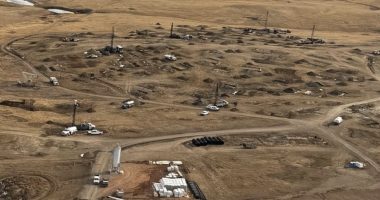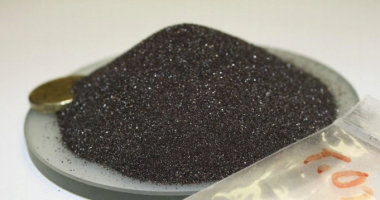- Preliminary data from Carawine’s electromagnetic survey over the Red Dog tenement identified six new gold and base metal mineralisation targets
- Confirmation and modelling of these anomalies is expected in August
- This will prioritise the targets for further ground work and drill testing
Gold and metal explorer, Carawine Resources has received preliminary results from its helicopter-borne electromagnetic survey that was completed at its Paterson Province in Western Australia.
According to Managing Director David Boyd the results over the Red Dog tenement had identified a number of new high priority targets. While this discovery adds to the existing targets it also provides new exploration opportunities.
“Preliminary data from our Red Dog survey has resulted in much better definition of targets at known prospects Leatherneck, Earl and Bravo, as well as identifying several new, discrete conductive anomalies,” he said.
The Paterson Project is located within the world-class copper and gold deposit area – the Paterson Province. The area has seen a significant increase in exploration activity following two major finds within the past 12 months.
These include Rio Tinto’s copper-gold-silver deposit Winu, and Greatland Gold’s copper-gold deposit Havieron.
The Red Dog tenement is located approximately 50 kilometres south of Carawine’s existing tenement, Baton.
The aim of the June 2019 EM survey was to outline discrete conductive anomalies associated with sulphide mineralisation or alteration.
The survey consisted of 1209 line kilometres with 200 metre line spacings. All survey supervision, data quality control and preliminary data processing was completed independently by Southern Geoscience Consultants (SGC) .
Analysis of the data by both Carawine and SGC identified 12 conductive and four resistive anomalies in new areas and at previously identified prospects.
At Flying Tiger, six discrete and one resistive anomaly was found which potentially represents silica alteration. These anomalies appear to be associated with tightly folded geology and northeast trending faults.
At Bravo two discrete anomalies were found at a 300-metre and 500-metre strike length and were located next to a large dolomite (rock) alteration zone.
Two distinct resistive anomalies were found at Leatherneck which were located on either side of an isolated conductive anomaly. Through limited historical drilling anomalous zinc, 2380ppm, and copper, 375ppm, were also identified.
The next step to advance all of the targets is to confirm and model the anomalies once the finalised data has been received. This is expected in August which will allow for the prioritisation of the targets for follow-up ground EM surveys and drill testing.







